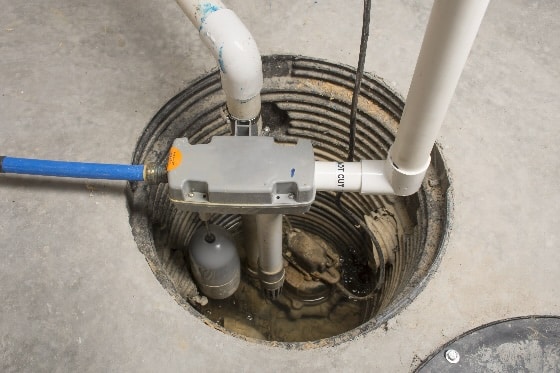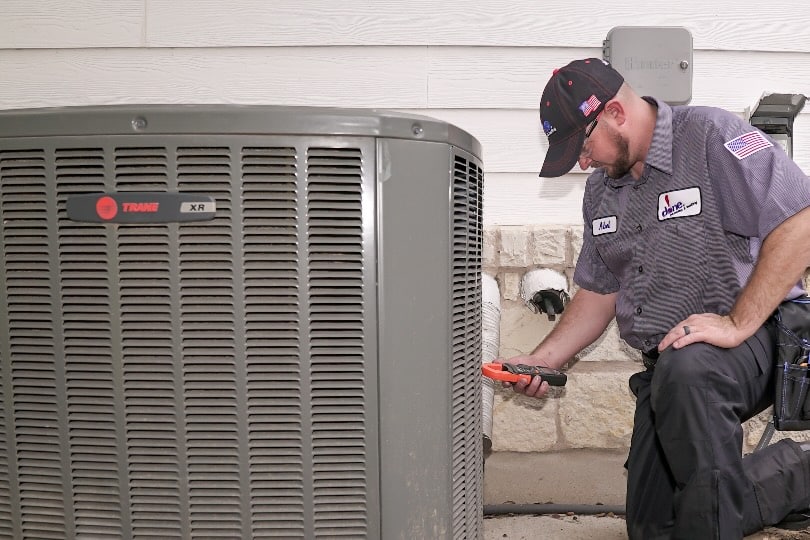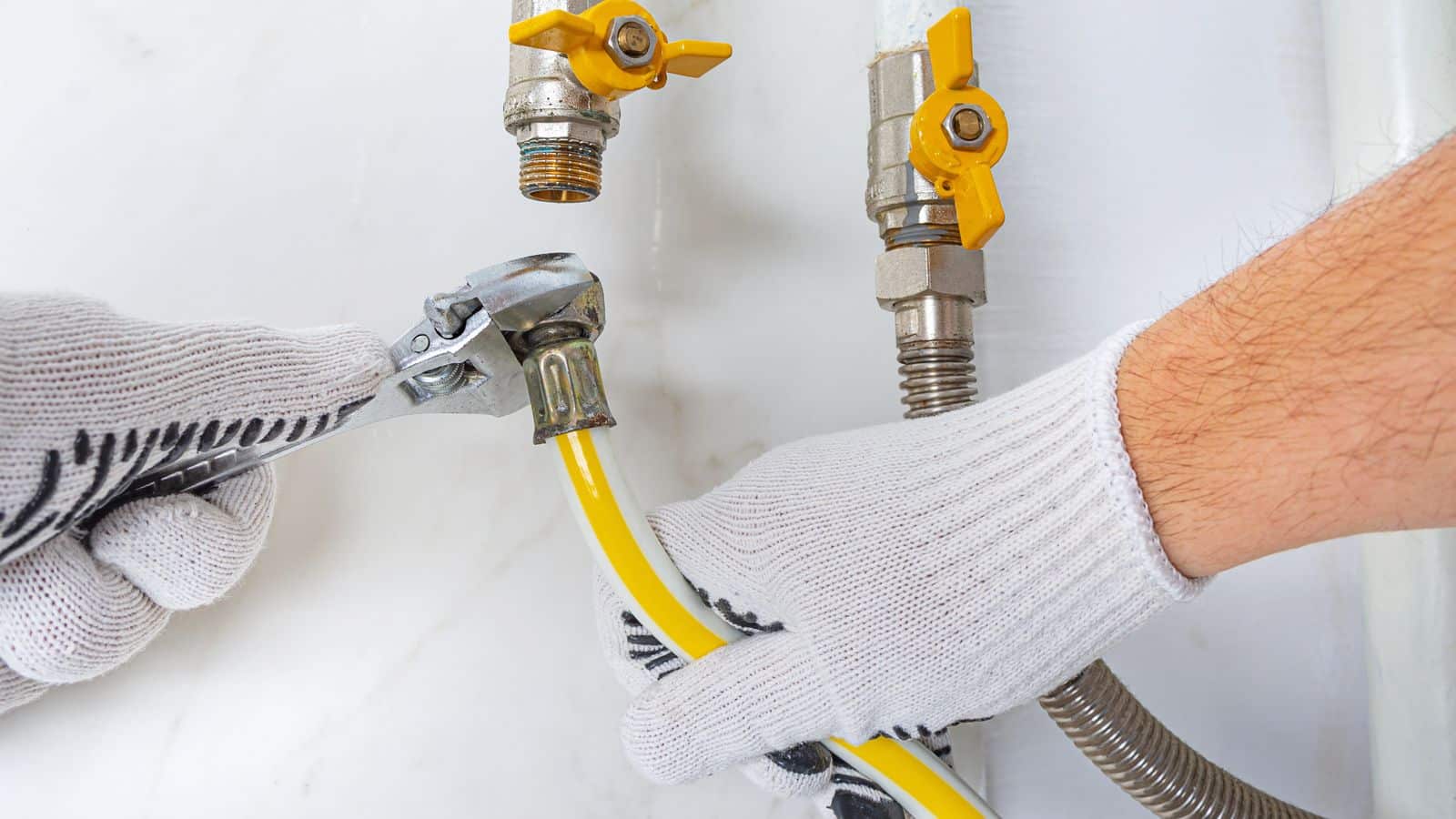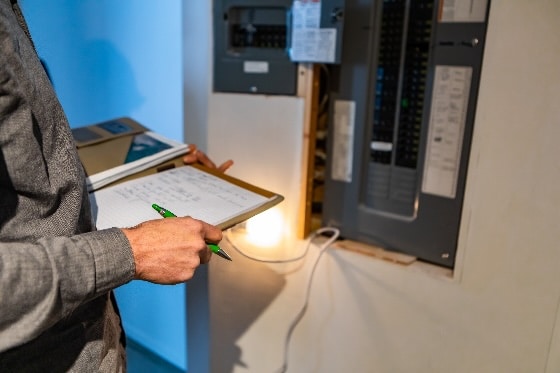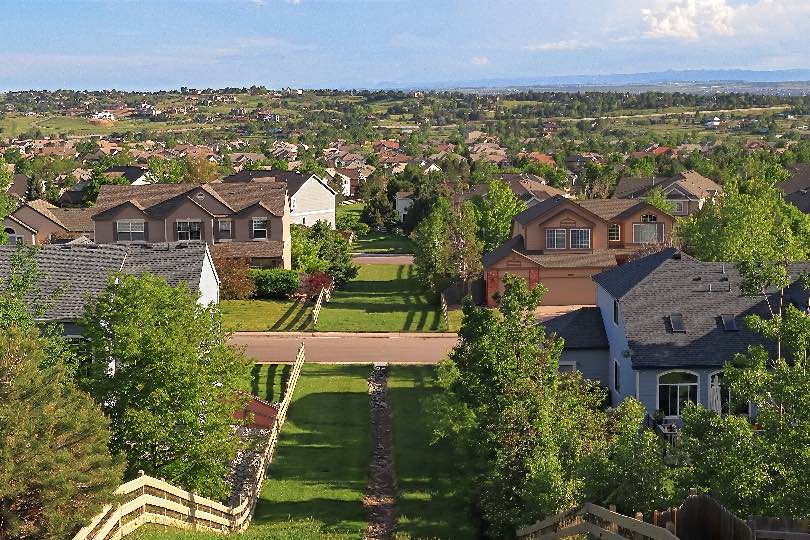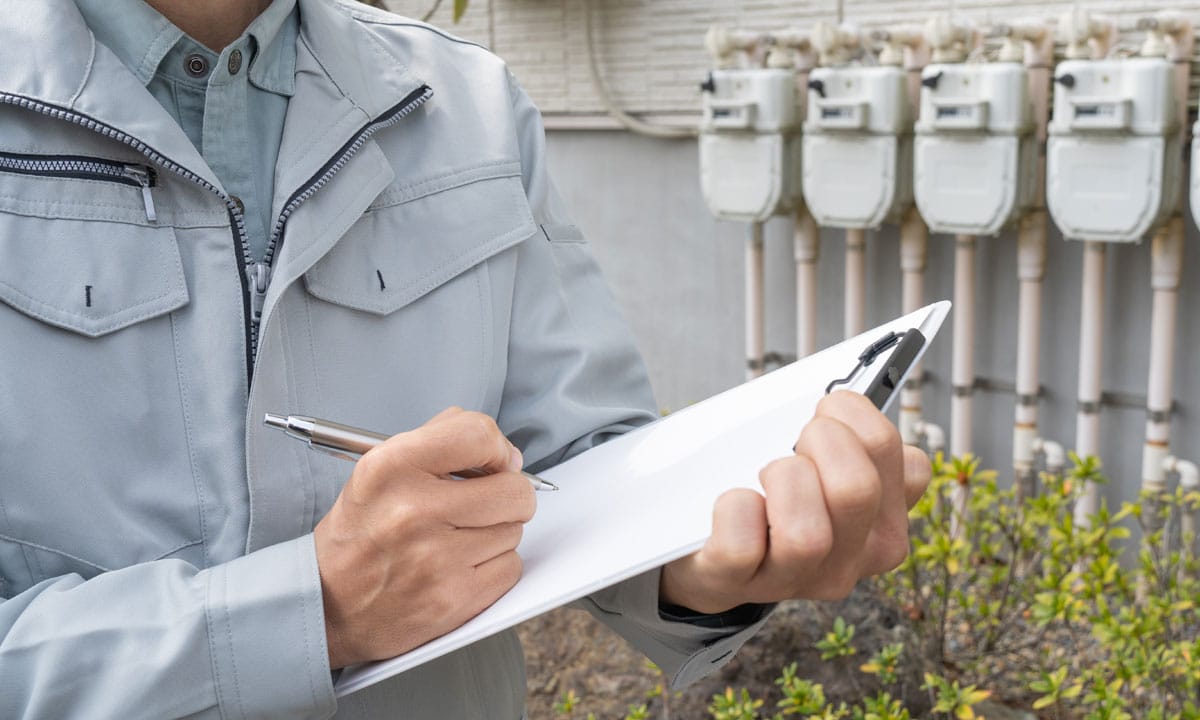Edited: July 9, 2025
If your basement flooded during the last storm, you’re not alone—and your sump pump may be to blame. I’ve been a plumber in Denver long enough to know that homeowners rarely think about their sump pump until there’s water pooling where it shouldn’t be. And by then, the damage is already done.
Whether you’re in Boulder, Castle Rock, or tucked into the foothills of Morrison, sump pump failure is a serious issue here in Colorado. At Done, we handle sump pump repairs every week, and most of the time, it comes down to something preventable.
All About Sump Pumps:
What Is a Sump Pump Supposed to Do?
Your sump pump’s job is simple: keep groundwater out of your home. It sits in a pit—usually in the basement or crawl space—and automatically pumps water away from your home’s foundation. When it works, you barely notice it. But when it fails, it can leave behind thousands of dollars in water damage, mold growth, and even structural issues.
What Causes a Sump Pump to Fail?
You might assume your pump just quit. But more often than not, failure is the result of a hidden issue that’s been building over time. Here are the top causes we see across Greater Denver:
1. Power Outages
Storm knocks out your power? That sump pump stops too—unless you’ve got a backup system in place. That’s why we often recommend hydraulic backup sump pumps here in Colorado. Unlike battery backups, they don’t rely on electricity. And in areas like Boulder, Castle Pines, or Morrison—where outages hit harder—you want that extra peace of mind.
As an all-in-one home service company, we also install backup generators which can keep your sump pump going when the power goes out – one less thing to worry about when things are dark and stormy outside.
2. Clogged or Frozen Discharge Lines
If your discharge line gets blocked with dirt, gravel, or even ice in early spring, the water has nowhere to go. That backup leads to overflow—and you guessed it—flooding.
3. Wrong Size or Poor Installation
A sump pump that’s too small won’t keep up. One that’s too big short-cycles and burns out faster. We’ve fixed dozens of installations where the wrong unit was used or it wasn’t connected to a dedicated electrical circuit—causing other appliances to trip the breaker and quietly shut the pump off. Not great when your basement’s on the line.
4. Switch or Float Problems
The float switch is what tells your sump pump when to turn on or off. If it gets stuck—or worse, runs constantly—it can wear out your motor or stop working altogether. If your sump pump is cycling on more than twice an hour on a normal day, something’s off.
Signs Your Sump Pump Needs Repair
You don’t have to wait for a flood to know something’s wrong. Call for sump pump repair if you notice:
- The pump runs constantly, even when it’s not raining
- It’s silent, even during heavy rain
- You hear strange noises or grinding sounds
- Water isn’t draining from the pit properly
- You smell mold or mustiness near the pump
Even better? Install a water alarm. It can alert you the moment moisture is detected, giving you a chance to act before major damage sets in.
Sump Pump Maintenance Tips to Avoid a Breakdown
Preventing sump pump failure doesn’t take much—and it costs a lot less than replacing floors or fixing foundation damage. Here’s what I recommend as a plumber who’s seen it all:
- Join the Done Care Club: The trained plumbers will deal with all the gross water so you don’t have to.
- Test the pump: Pour a bucket of water into the pit and make sure it turns on and drains correctly.
- Check for tilt: The pump should sit level. If it leans, the float might stick.
- Inspect the discharge line: Make sure it’s clear and not frozen or clogged.
- Clean the pit: Remove gravel, dirt, or debris that could jam the impeller.
- Protect the float switch: Install a float guard to keep it from getting stuck.
- Replace backup batteries yearly: If you have a battery-powered backup system, test and change the battery before storm season.
Most sump pumps have a life expectancy of about 7 years. If yours is older, repair might not be enough—it could be time for a professional replacement.
Need Sump Pump Repair in the Greater Denver Area? Call Done!
At Done! Plumbing, Heating, Cooling and Electric, we’re your one-stop shop for sump pump repair, replacement, and backup systems. Whether you live in Denver, Aurora, Boulder, or anywhere in between, we’ve got your back.
From power-protected setups to properly sized installs on dedicated circuits, we do it right—because when the water starts rising, you don’t get a second chance.
Think your sump pump needs help? Don’t wait for the next storm. Schedule service with Done today.

